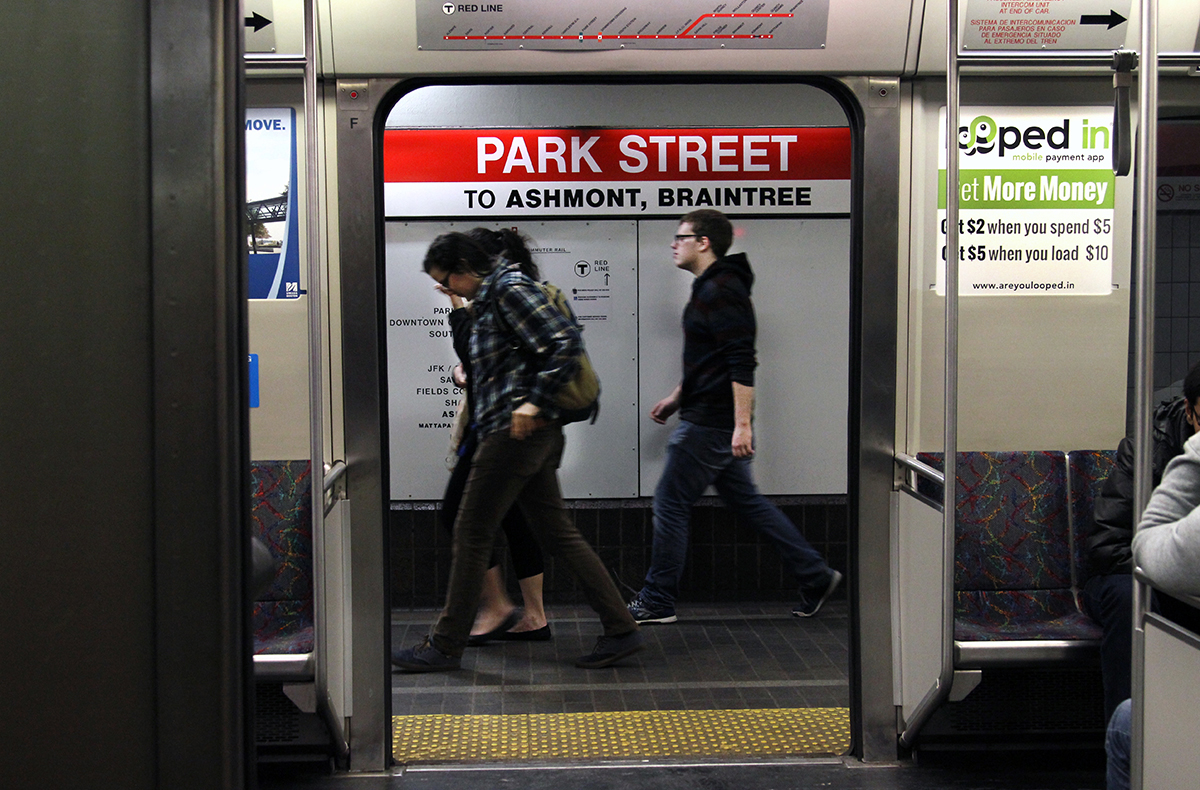Late-Night Service and Station Art Are the Least of the MBTA’s Problems

Photo by Olga Khvan
In April, there was a collective uproar over a new report on absenteeism at the state’s favorite whipping boy: the Massachusetts Bay Transportation Authority.
Fresh off the Worst Winter Ever, which helpfully exposed all of the MBTA’s flaws, the public (and media) was looking for someone to blame for the catastrophic failure of the most important transportation system in New England. So, as in many cases, people directed their anger at the employees of the embattled authority. “Look at their absentee rates,” we all cried out after a state sponsored report showed lackluster attendance by MBTA employees.
The MBTA and the Carmen’s Union that services it have real workplace culture problems, but when compared to bigger issues affecting the MBTA, this is minor. Commonwealth Magazine raised questions about the research that went into the some of the numbers behind the report, but the damage was done. Instead of having a conversation about the big picture problems affecting the MBTA, we were engaged in Demagoguery 101.
Here we are in November, and, again, focused on the small potatoes problems afflicting our so-called world class transportation system.
On the chopping block this week are a public arts program for the outrageously expensive Green Line Extension and the late night service we all clamored for, but then apparently did not use the way we said we would.
We’re talking about, roughly, $14 million a year for late night service and $1.9 million for eight art projects. These things, like the absenteeism problem, are chump change when compared to the much bigger problems plaguing the MBTA, such as a maintenance backlog north of $7 billion, exorbitant cost overruns on projects, and the ability to operate normally when the temperature rises above or falls below 68 degrees.
Public art would be a nice addition to the new Green Line Taj Mahals stations, and it is great to catch the train home after last call on a Friday, but it does not make or break our public transportation system. These are certainly things the MBTA should aspire to provide, but it should also provide the basics without much problem and currently, it can barely do that. Things like working air conditioning systems on buses, reliable wi-fi on commuter rail coaches, functioning communications systems in subway cars, clean stations, dependable service, and responsive customer service are what make a public transportation system world-class. A beautiful sculpture will only entertain you for so long while you’re waiting indefinitely for the next train to arrive and whisk you away to your destination.
World-class public transportation systems function competently while providing a much needed public service at a relatively acceptable level of loss; perhaps the MBTA and its critics should focus on doing that before we wring our hands about sculptures at unbuilt stations and subsidizing empty subway cars after midnight.


